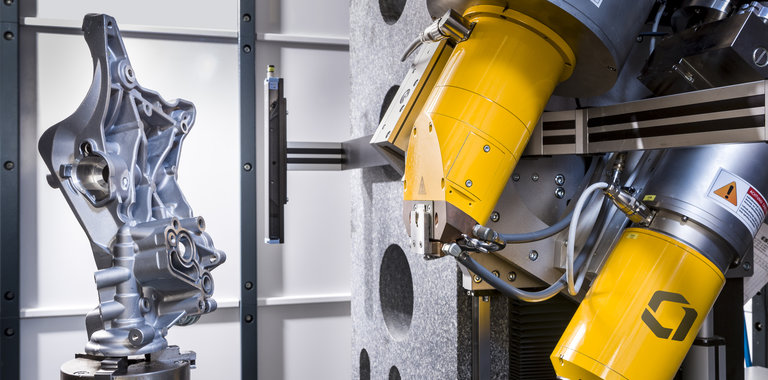
What are radioactive sources for industrial NDT?
In this article:
- Radioactive Sources Are Core to Gamma Radiography: Industrial non-destructive testing (NDT) often uses sealed radioactive isotopes like Iridium-192, Selenium-75, and Cobalt-60 to emit gamma rays for internal imaging of materials.
- Each Isotope Has Unique Energy and Half-Life: Ir-192 is widely used for weld inspections due to its moderate energy and 74-day half-life; Se-75 offers lower energy and better contrast for thin materials; Co-60 is suited for thick components with its high energy and 5.3-year half-life.
- Source Selection Depends on Application Needs: The choice of isotope is based on material thickness, required image quality, and safety considerations, balancing penetration power with resolution.
- Sources Are Encapsulated in Certified Holders: To ensure safety, radioactive materials are sealed in corrosion-resistant capsules and housed in shielded exposure devices compliant with international standards.
- Decay and Activity Must Be Monitored Continuously: Since radioactive sources decay over time, their activity levels must be tracked to maintain consistent exposure quality and ensure regulatory compliance.
Table 1-5 shows various radioactive sources for industrial NDT. The most commonly
used ones are Cobalt, Iridium and increasingly Selenium. Seleneum is very attractive
while it permits lighter containers than Iridium. Due to its average energy level it often is
a good alternative for an X-ray tube, also attractive while no electricity is needed.
Average energy level (nominal value):
The spectrum of a source has one or more energy lines, as shown in figure 2-2. For sources
with multiple energy lines an average energy level is assumed, the so-called nominal value.
On the basis of these spectra data it is clear that Co60, CS137 and Ir192 sources produce high-energy radiation and are therefore well suited to irradiate thick materials.
Yb169, on the other hand, is a source that produces relatively soft radiation and is of a very small size (0.5 mm), which makes it particularly suitable for radiographic examination of circumferential welds in pipes of a small diameter and thin wall thickness, with the source centrally positioned so that the weld can be exposed uniformly in one exposure, as shown in figure 8-5.



